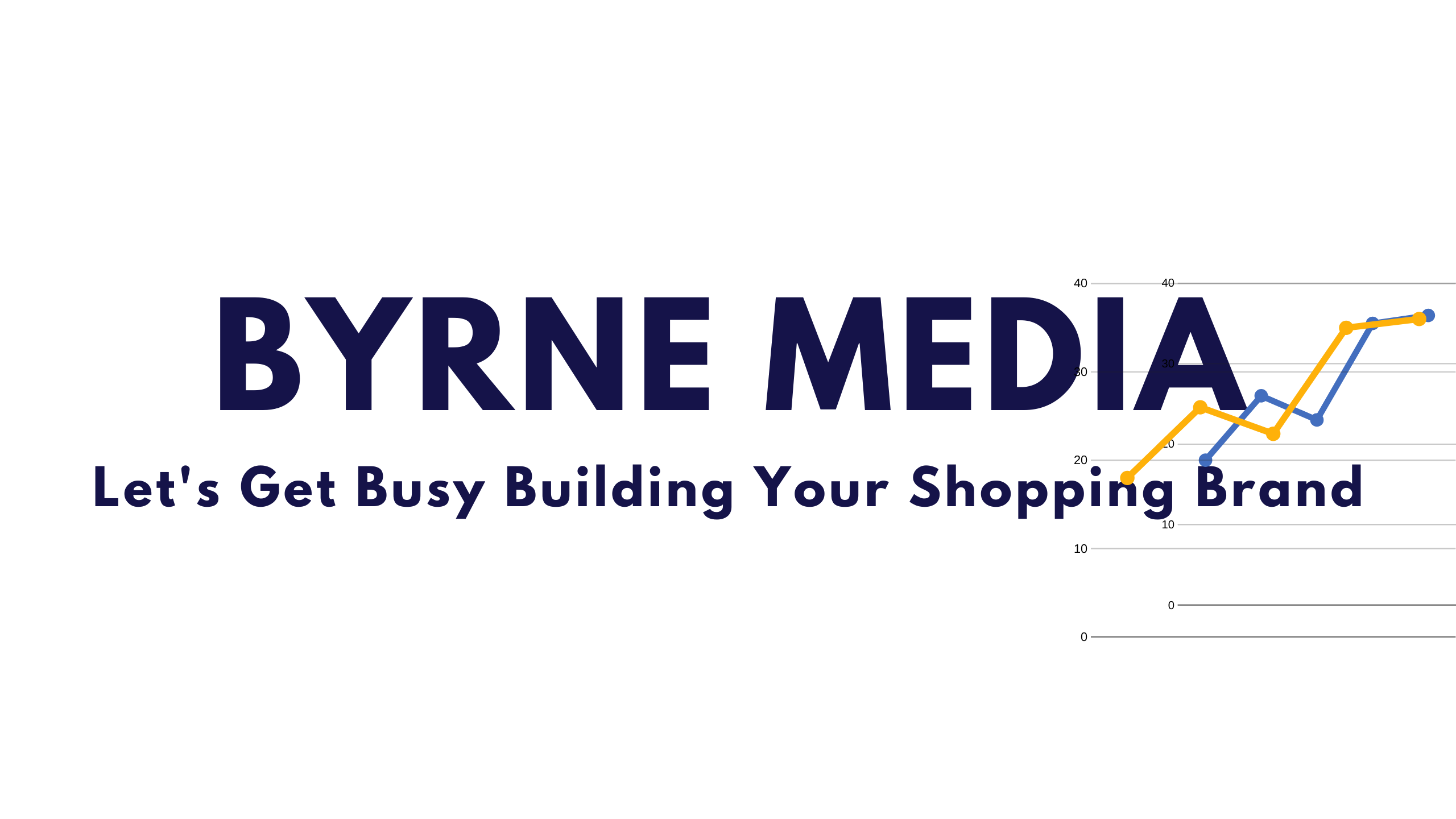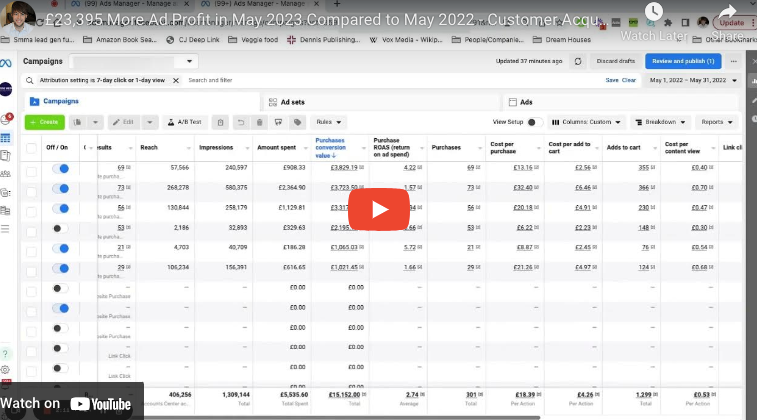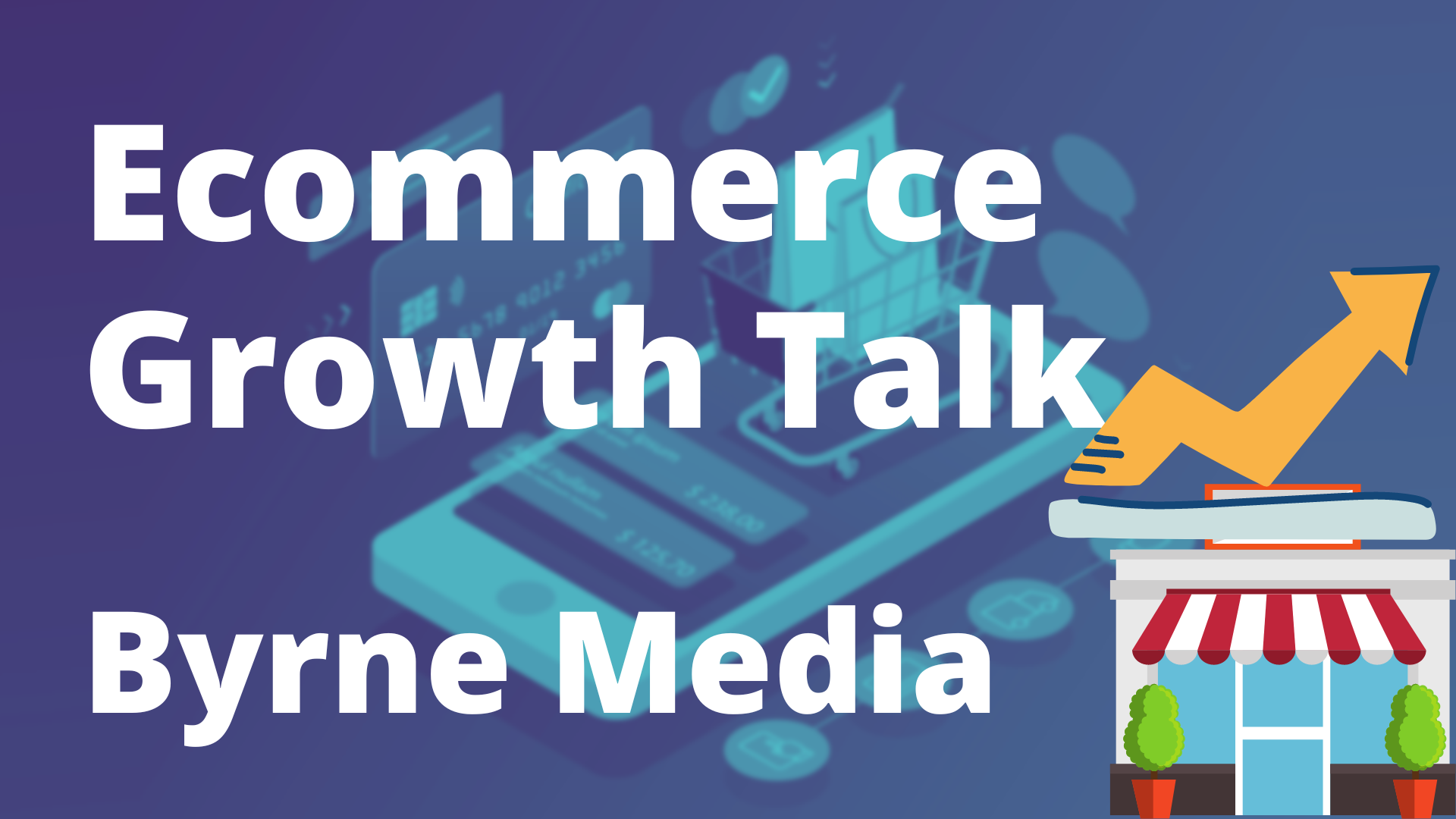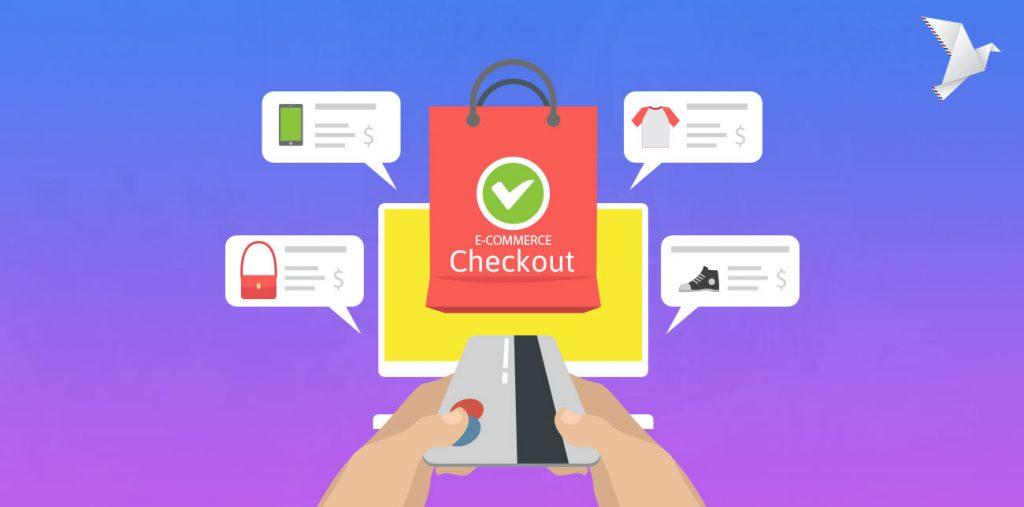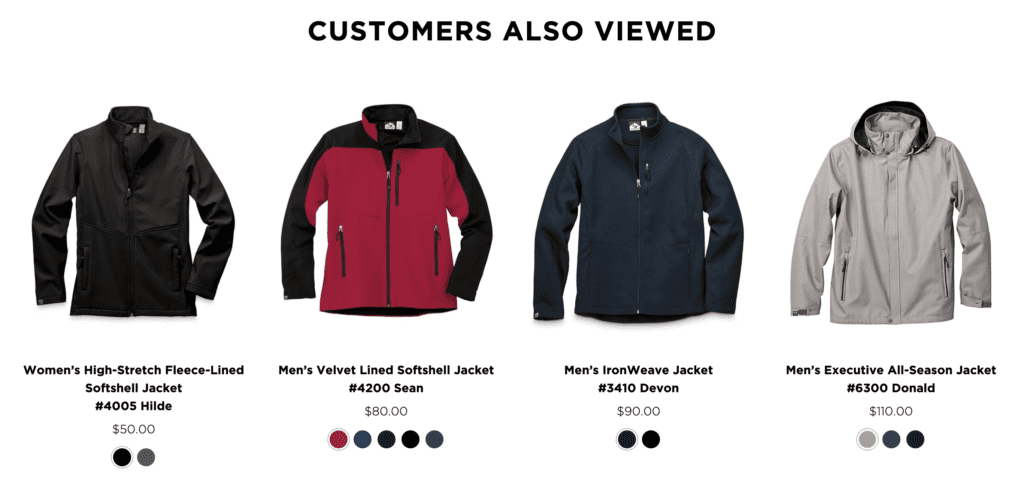
When you understand your market and have a solid grasp of the ideal customer you want to serve, the next important step is to come up with offers that either do two things.
1. An offer that attracts a qualified lead for your store
2. An offer that generates a sale for your store
BUT!
Here’s the thing… You don’t just want to create any old offer. You want to create an IRRESISTIBLE offer for your lead generation and sales processes. It all starts with an AWESOME offer that matches the needs/desires of your target audience.
What is an Irresistible Offer?
The way I like to describe an irresistible offer is like this…
Its a strategic structuring of your products and/or services where the value-to-cost ratio is value-heavy. What does this mean exactly? It simply means that the value of your offer FAR exceeds the cost to access the value.
So much so, that when your ideal customer comes across your offer, they would say to themselves “WOW, this is an absolute “no-brainer”, I MUST buy this right now!“.
The offer you present is so good, they can’t say no to it. I’m sure you’ve come across an offer like that before. Now that you have an understanding of what an irresistible offer is… let’s talk about how you can create them for your business.
Creating an Irresistible Offer
One of the first things people do when they think about creating one of these irresistible offers is they immediately think about discounting the price of their product or service.
I can completely see why this thought process occurs. This is the type of marketing we’re most frequently exposed to as consumers right? We tend to see such discounted offers that businesses use to attract sales.
Things like… Coupons Flash-sales “50% off sale” signs, etc.
These types of offers aren’t necessarily irresistible offers.
Let me explain…
When you think of “great deals”, what is the ONE day out of the entire year, that comes to mind?
Black Friday of course!
What actually happens on Black Friday?
Businesses discount their products so drastically that people lose control of themselves. They do everything in their power to acquire that deal on that flat screen TV… such as standing in line over night (in cold dark weather). They’re also willing to trample on people who are also waiting in line, just to save a couple hundred bucks on a flat screen TV.
The interesting thing about Black Friday is that it moves people into action and creates a spike in sales.
However… that’s also the downside, it creates a spike!
What do I mean by this?
How many people do you know that go to Best Buy, or Walmart to purchase a flat screen TV the next day at full price?
Do you ever notice that line of intent based shoppers that wait in line overnight to make a purchase a week later?
The point I’m trying to make is that it’s not a sustainable marketing solution. It’s only a very temporary solution and you can’t rely on it to drive your business forward.
This is why I believe that significantly discounting your product &/or service is not the best way to create a true irresistible offer.
One of the main elements of an irresistible offer is that it must be sustainable for your business model. A long term offer that makes sense for your business… a solution you can continually sell.
An irresistible offer is about making your customer feel like they are getting maximum value for either the time they invest into getting to know your business a little further… or the dollars they spend with you.
People love to save money on their purchases, BUT more importantly, people are looking to get the most value for the dollars they spend.
Elements To Add When Creating An Irresistible Offer
Some of the most effective irresistible offers are the ones that leverage multiple pricing or value based strategies.
Commonly known as an “offer stack”, this is where you stack one good deal along with another good deal, Increasing the value and creating a true irresistible offer.
Here are a few of those strategies and methods below:
- Bundling
- Discounting correctly
- Value-Adds
- Risk Reversals
Bundling
This is where you bundle your products &/or services together in order to make a value packed irresistible offer. This perks high interest from your prospects, customers and helps to increase sales. If a customer can, for example, get five products for the price of three, this can be an irresistible offer.
Perhaps the most well-known example is the bundled computer package complete with a monitor, mouse, keyboard, and preloaded software for a single price.
Alternatively, one could select and buy each component of the system separately. All components being equal, the differences are that the buyer doesn’t have to purchase each item separately, and that the bundled package could cost as much as a third less than the each-sold-separately package.
Do you have various products & services you can bundle?
If you answered Yes! Try the following…
Create a handful of offers that you believe would make your customers say to themselves, “Wow, that’s a complete no-brainer! I can’t pass up on that!” and run them by a few of your loyal customers to get their feedback. This will help you determine how successful your bundles can perform.
Discounting Correctly
Have you ever read the book “Influence” by Robert Cialdini? In the first chapter, he tells a story of a small business owner who was struggling to make sales. So he took the initiative to write a note to his manager to cut the price of their product in half, with the hopes that it would sell faster.
What actually happened… was that the manager misread the note and ended up doubling the price of the product instead, and the product flew off the shelves.
The principle at play here?
Perceived Value!
People always have a perceived value when it comes to pricing of a product or service. Discounting your product may not generate enough sales volume to offset loss in profit from selling your product at full price. Below are a couple of concepts that make discounting more powerful.
- Urgency
- Exclusivity
- Loss Leader
Segment Your Offers
One of the great ways to create exclusivity is through segmented offers.
You can segment your offers by channel. For example, you could have a specific offer just for Facebook.. or your email list.
You can even segment your offers to your customer database from purchase history.
If you have an advanced CRM & email marketing tool, this should be an easy enough concept to implement.
What you need to do here is…
Create a juicy offer that is only available to people who have purchased your most expensive product or service, or spent a certain amount of money with you over their lifetime. You would need to segment your customer database and market that amazing offer only to your best customers.
This is very powerful indeed because you can tailor your messaging to that specific group and make them feel like they are apart of the family. Make them FEEL special… like VIP special and they will appreciate that message.
You can also create different offers for people who have purchased any of your products vs. people who are prospects of your business. It’s really up to you at the end of the day. I would recommend starting with your best customers first.. and work your way back.
Try an Early Bird Discount
The early bird discount is all about a limited amount of customers who take advantage of a price reduction early on in the sales process. Perhaps the most common one we’d know of is the Black Friday “door buster”.
You know the deal…
People start to line up hours, even days in advance to be one of the first 100 people to get a flat screen TV for $300.
Although it’s fun to joke about how people go crazy for material possessions the day after Thanksgiving, their behaviour goes to show that these types of promotions are very effective. This is largely due to the fact that the offer has very strong exclusivity and urgency components. It’s exclusive because only the first 100 people will get that price, and it’s urgent because it’s only available on a single day.
Rewarding the early customers with an added bonus, on top of the offer they are already expecting, is a great way to jump start and maximize the word-of-mouth marketing that will evolve from your irresistible offer.
Limited Time Offer
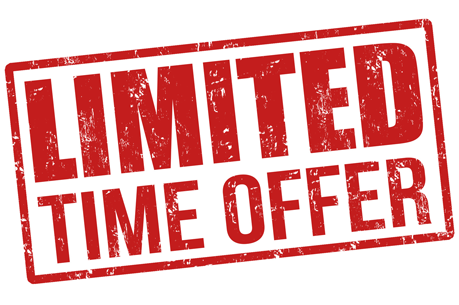
With limited time offers… a discount becomes a limited-time offer when your offer is only available for a short period of time.
Instead of just marking down your product and putting it on sale, create a limited-time offer. This creates scarcity and forces people to make a buying decision now, if they want to take advantage of the special offer.
Promotions need deadlines for the modern buyer to take action. With these types of offers, most of your results will come within the last 48 hours of your promotion.
With limited time offers… a discount becomes a limited-time offer when your offer is only available for a short period of time.
Instead of just marking down your product and putting it on sale, create a limited-time offer. This creates scarcity and forces people to make a buying decision now, if they want to take advantage of the special offer.
Promotions need deadlines for the modern buyer to take action. With these types of offers, most of your results will come within the last 48 hours of your promotion.
Sell Your First Product At A Loss
The idea of selling your first product at a loss typically only applies if you are running paid advertising like Facebook, Google ads etc. I would only advise using this strategy if you have a good idea of what the average lifetime value of a customer is in your business. As in… how much money does the average customer spend with you in the first 3, 6 or 12 months? If they spend $500 on average in their first year, would you be willing to pay $50 in advertising to acquire a customer?
Mostly likely!
I’ve seen this with ecom brands where they offer something for FREE (just pay shipping costs). They maybe losing a couple of dollars on their free frontend offer, but they know they will be profitable 30-60-90 days down the road as they nurture a new customer and offer them more products & services on their backend.
The free plus shipping offer is what’s called a loss leader, designed to acquire more customers and bring more people into their community. Giving your product away for free, or a free trial period, only makes sense if you know that your average customer will come back and purchase multiple times.
The fact that your customer is paying a small fee for the product in the from of shipping costs, is better than offering something entirely for free, as they are trusting to make a purchase with you, which is a promising start to the customer relationship
As for discounting your offers, just be very careful not to discount your products and services too often. You don’t want to train your audience into thinking that any of your products or services will be on sale soon.
When was the last time you saw a “Sale” sign out in front of an Apple store? (Never!). There are so many sales at Macy’s, many of its customers won’t even go there unless they have a 20% off coupon in their hand.
The point is…
Apple has trained its audience to value their products. While Macy’s has trained their audience to wait for the next sale at their store.
Value Adds
Value-adds are very much like bundle pricing. The difference with value-adds is that your customers get a secondary product or service that increases the real, or perceived value of the product they are purchasing, at no extra cost.
Let’s give an example…
If I sell game consoles like PlayStation, I could throw in a game that’s included in the original price for the console. The game increases the value of the games console. You could swap the game for an extra player controller. Get creative with this in your business! There are various ways to add value without having to spend a lot of money or cut into your profits.
What is something that you can throw in with your product or service to increase the value of a sale?
Risk Reversals
The idea of a risk reversal offer is to eliminate as much risk to the consumer as possible. When you decrease risk, you remove friction from the buying process and increase the likelihood of a sale.
Let’s take a look at some examples below…
Money-Back Guarantee
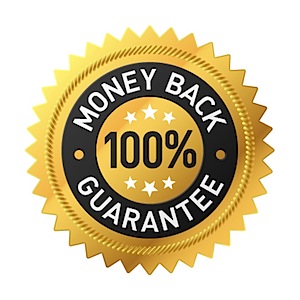
The most common way of risk reversal is the famous money back guarantee. I’m sure you have heard of that one before! 🙂 The big takeaway here is to make your money-back guarantee stand out.
If you have rock-solid confidence in your product or service and the results it can deliver, give a 30-90 day money-back guarantee. If a customer uses your product correctly, and isn’t 100% satisfied with their purchase you’ll refund them with their money.
Important: All this is dependent on your market & the results you can deliver to your customer. Be smart about your risk reversal and balance it between encouraging a sale, and not having it negatively affect your business.
Buy Now Pay Later
This type of risk reversal is in the form of store credit.
This means the customer either pays a percentage now… or nothing at all until 30 days after the item has been shipped. The customer has 30 days to pay for their items without interest fee’s.
A word of warning though… If you use this concept, good chance you’ll be attracting people who will struggle to pay for the items on credit. Do not bank on receiving the full balance. Interest fees are high because brands know that making the card available to folks with poor credit means greater risk for them.
Payment Plans
Payment plans are a fantastic way to not only reduce risk for your customer, but allows them a way to make payment over a set period of time. It essentially spreads the risk out over a longer time frame.
Payment plans work great for your customer to get all or most of the benefits of your product or service today, while minimizing the immediate financial risk.
From experience, this is a very effective marketing tactic that has been used to boost sales conversion rates. Quite common with high ticket offers.
Conclusion
So to conclude on this post…
Your irresistible offer will be most effective when you take these concepts and stack them together to create an irresistible offer.
There is no right or wrong way when doing an “offer stack”. The best thing to do is get creative with the information presented in the slide and see what products and services you can stack together along with a risk reversal to manifest a killer “No-Brainer” offer.
When you come up with a few, try to get feedback from your customers and prospects to see how they respond. When you notice the positive response, you know you’re onto a winner. Then it’s time to test it out to your wider audience.
